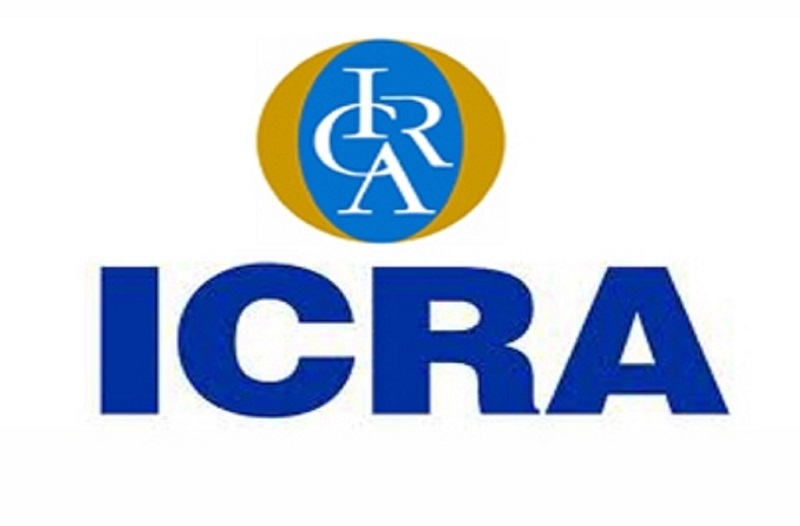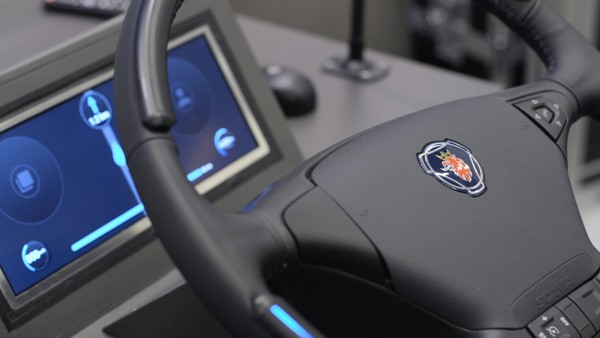The Government of India (February 2016) decided to leapfrog the Bharat Stage (BS)-V Emission Standards and directly move to more stringent BS-VI norms by April 2020, four years ahead of the earlier schedule. We believe while availability of technology is not an issue, the key challenge for OEMs will be adapting the available solutions to Indian market conditions in a relatively short time frame, in a cost-effective manner. Further, given the past experience with respect to delays in availability of BS-IV compliant fuel, the availability of cleaner fuel by 2020 on nationwide basis may also become a bottleneck. Our interaction with industry participants suggests that investments by OEMs are unlikely to be sizeable to meet BS-VI norms; however, OEMs with higher dependence on diesel models may accelerate their focus on Petrol segment, while hybrids and other clean technologies would take centre stage in their R&D plans. Overall, the proposed emission standards will push vehicle prices upwards with diesel segment likely to witness sizeable cost increase due to introduction additional components. This would make Diesel Passenger Vehicles costlier (vis-à-vis Petrol variants) and consequently may deter demand for Diesel vehicles.
‘In comparison to existing emission standards, the proposed BS-VI norms incorporate substantial tightening of NOx and Particulate Matter and also implement a limit on particle number. Further, the emission standards are incrementally far more stringent for diesel vehicles as compared to petrol variants’ says Subrata Ray, Senior Group VP, ICRA ratings.
“As diesel vehicles will require significant technology changes, the cost differential between Petrol & Diesel passenger vehicles are likely to expand further. This will widen the payback period for diesel vehicles. This apart, the narrowing price gap between petrol & diesel, recent ban on registration of diesel vehicles in the National Capital Region, along with potential risk of restricting diesel-powered taxis could have significant implications for diesel investments by OEMs. We expect OEMs with higher dependence on diesel models (especially in the Utility Vehicle segment) to reduce their exposure on diesel and accelerate investments in the petrol segment’says Subrata Ray, Senior Group VP, ICRA ratings.
‘The cost petrol passenger vehicles may increase by 20,000-30,000/vehicle, while the increase for diesel passenger vehicles could be in the range of Rs. 75,000-100,000/vehicle. For M&HCVs, the cost differential is expected to be ~Rs. 100,000-150,000 (or ~10% of current vehicle cost)’ says Subrata Ray, Senior Group VP, ICRA ratings.
‘At present, 2 & 3 Wheelers in India follow BS-III emission norms, which are expected to move to BS-IV by April 2017. The Government has proposed that even 2 & 3 Wheelers will also move to BS-VI by April 2020. Our interaction with OEMs and component manufacturers suggest that while there won’t be significant changes in engine or after treatment systems to meet BS-IV norms, for BS-VI standards, the industry will have to adopt Electronic Fuel Injection (EFI) system and also tweak the exhaust system. Collectively, these changes will increase cost of 2Ws by approximately Rs. 5,000-6,000 (or ~10% for mid-size motorcycle)’ says Subrata Ray, Senior Group VP, ICRA ratings.

